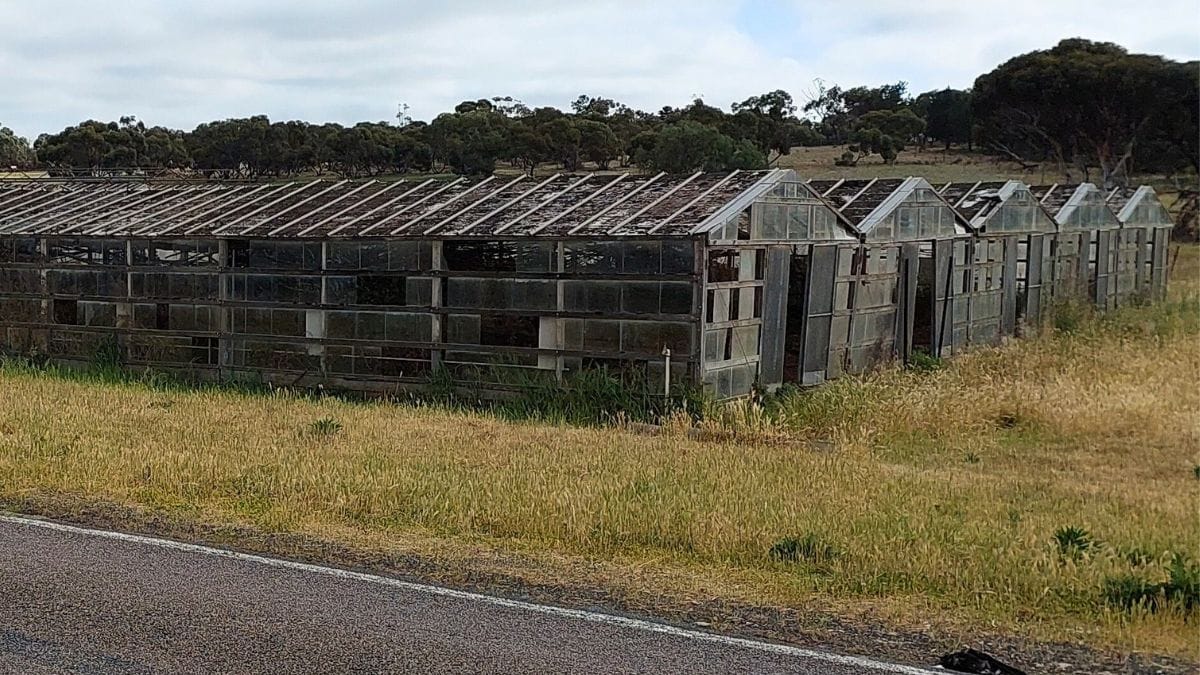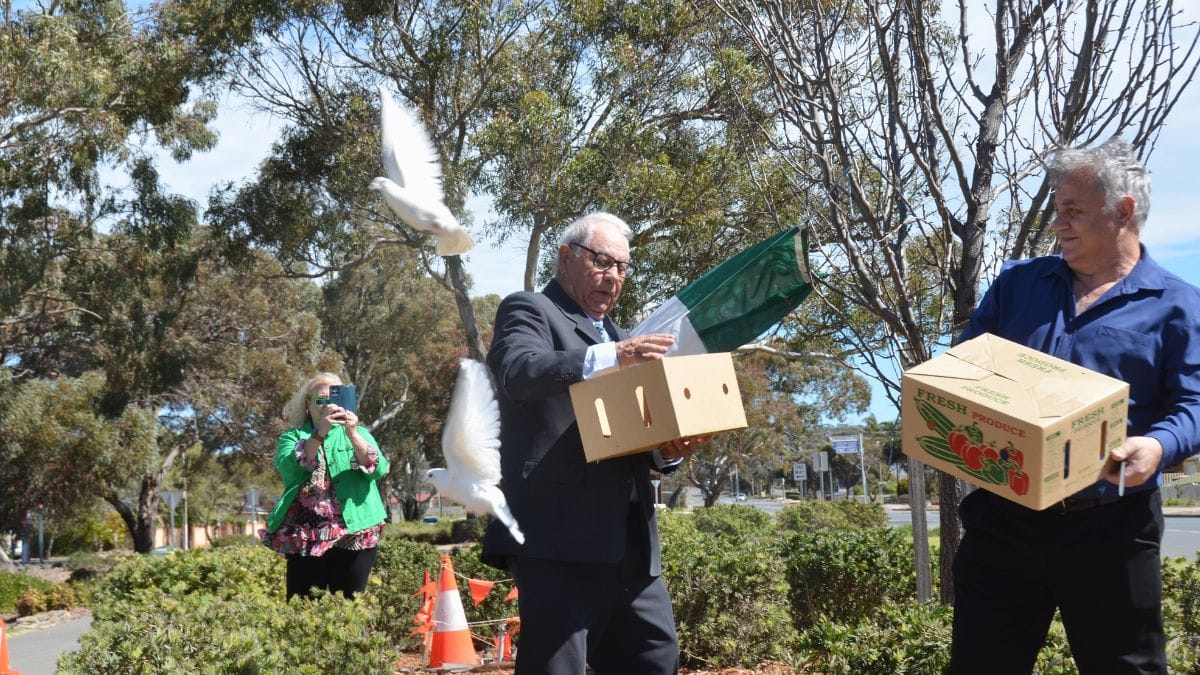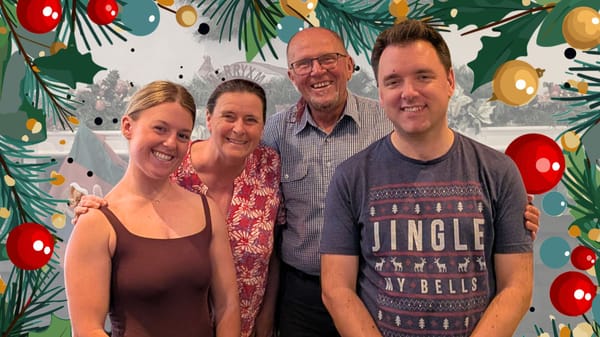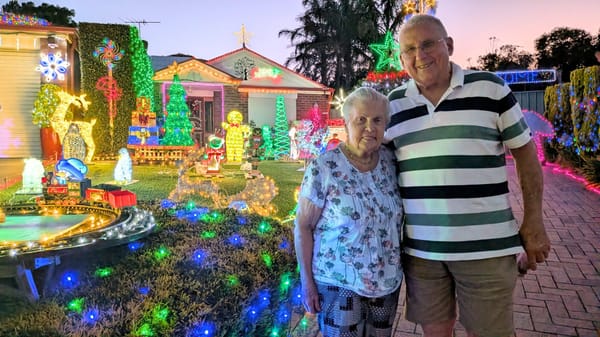Viva l’Italia: New Murraylands monument celebrates a migrant community
The Murray Bridge and District Italian Club has unveiled L’Emigrante, a marble statue, on the main road into the city.

This story is now free to read. Help Murray Bridge News tell more stories like this by subscribing today.
In decades gone by, you could hardly turn down a street in Murray Bridge without stumbling across a row of glasshouses.
Produce had been grown in the Murraylands before, but only in the 1960s did the regional centre gain a reputation as South Australia’s market garden, with tomatoes and cucumbers around every corner.
Behind that reputation were the hundreds of Italian migrants who made their homes in the region in the post-war years.
On Sunday, in perfect Mediterranean weather, their contributions to the community were celebrated.
Unveiled on Adelaide Road, a stone’s throw away from the blocks where the first market gardens were established, was L’Emigrante.
The marble statue was cut in the image of a typical Italian immigrant: suitcase in hand, hat on his head, ready to start a new life.
It was paid for by the Murray Bridge and Districts Italian Association and officially presented by its president, Gerardo Penta; Mayor Wayne Thorley; and federal MP Tony Pasin, himself the son of Italian immigrants.
“This is an incredibly important day,” Mr Pasin said.
“(The statue) is the personification of the great vibrancy we created here in Australia.
“We helped build the great Australian nation that is here today.”

In return, where once the new arrivals had been beaten up for daring to play soccer in a public park, now Italian-Australians were celebrated as an important part of the nation’s cultural heritage, he suggested – and they were every bit as Aussie as those of any other ancestry.
“My dad worked incredibly hard to provide for his family and provide the opportunities he didn’t have, but if he’d been asked what he’d like to be remembered for, it’s being a good Australian,” Mr Pasin said.
“Italo-Australians have everything to be proud about.”

Only a few thousand Italian-Australians lived in South Australia prior to World War II.
The first are believed to have come to the Murraylands in the 1920s.
During the years of fighting, Murray Bridge was even the site of an internment camp for captured Italian prisoners of war, some of whom were put to work on local farms.
Many more Italian immigrants to South Australia – about 30,000 of them – arrived in the 25 years after the war ended, according to the History Trust of SA.
Many took to market gardening, growing tomatoes, eggplants, capsicums, zucchinis and herbs with great success in SA’s Mediterranean climate, including around Murray Bridge.

Mr Thorley recalled going to school at Jervois with Gazzolas, Fabbians, Zarantonellos and Pentas, and to high school in Murray Bridge with DeMicheles and Nigros.
It was an honour, he said, to be able to accept the gift of the statue on behalf of the community.
Mr Penta, in a strong Italian accent, thanked everyone who had contributed to the monument.
He released a pair of pigeons in memory of those who had not lived to see its completion.

Still, event emcee Silvano Zulian said, the monument would serve as a permanent reminder of the past for future generations of Italian-Australians.
“Our grandchildren will be able to walk past and say ‘our nonno, our nonna contributed to that’,” he said.
More than 100 Murray Bridge residents reported speaking Italian at home at the last census, according to the Australian Bureau of Statistics, making it one of the most commonly spoken non-English languages in the community.






